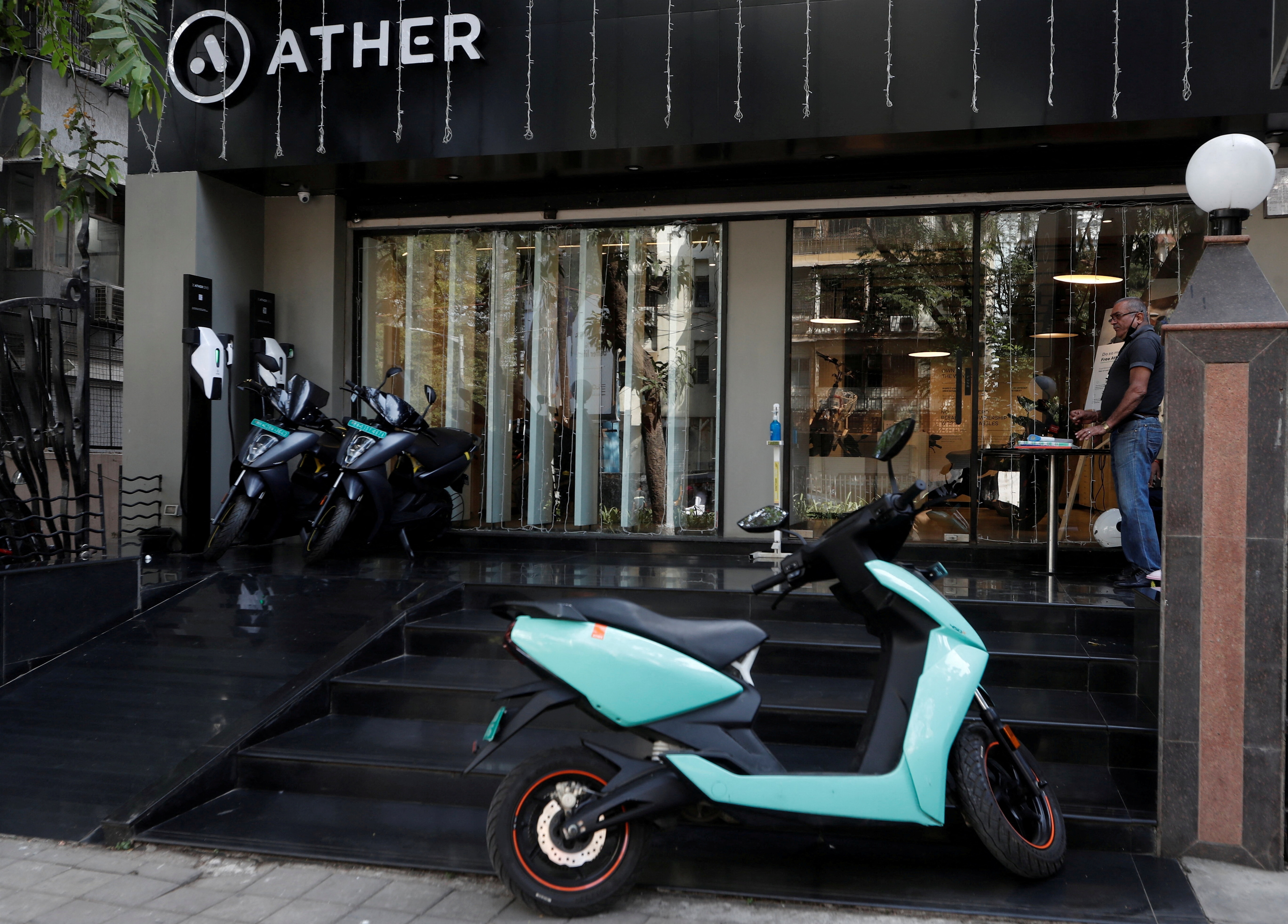India is expected to receive above-normal rainfall in July, the wettest month of the monsoon season, boosting prospects for the planting of key crops such as rice, soybeans, and corn.
July rains, which account for almost a third of the total precipitation during the June-September rainy season, are expected to exceed 106% of the long-term average of about 28 centimeters, Mrutyunjay Mohapatra, director general of the Indian Meteorological Department, said at a briefing Monday. Rains were 9% above normal in June, he said.
The monsoon plays a crucial role in the most-populous nation’s economy, with nearly half the population relying on agriculture and related activities for their livelihood. Higher rural incomes, supported by good rainfall, typically translate into greater demand for manufactured goods, which in turn fuels economic growth.
The Southwest monsoon covered the entire country on Sunday, about nine days earlier than usual, according to the weather bureau. The government has predicted an above-average season overall for the four-month period, with rainfall likely to be 106% of the long-term average.
Last year’s rains were 108% of the long-term average, according to the weather department, making it the best monsoon in four years. That followed the weakest rainy season in half a decade in 2023.
The IMD ruled out the occurrence of El Niño weather pattern, which typically reduces rainfall, during the monsoon season.
 RECOMMENDED FOR YOU
RECOMMENDED FOR YOU

India's Deepest Tax-Cut Plan In Years To Spur Automobile Demand
 Aug 18, 2025
Aug 18, 2025

Netflix August 2025 Releases: Wednesday Season 2, Pratik Gandhi’s Saare Jahan Se Accha And More
 Jul 31, 2025
Jul 31, 2025

Rainy Season, Wet Wallets: Are Monsoon Appliance Buys Budget-Friendly or Impulse Traps?
 Jul 28, 2025
Jul 28, 2025

Monsoon Getaways Near Mumbai: Lonavala Is So Last Season — Try These 10 Stunning Destinations Instead!
 Jul 05, 2025
Jul 05, 2025

